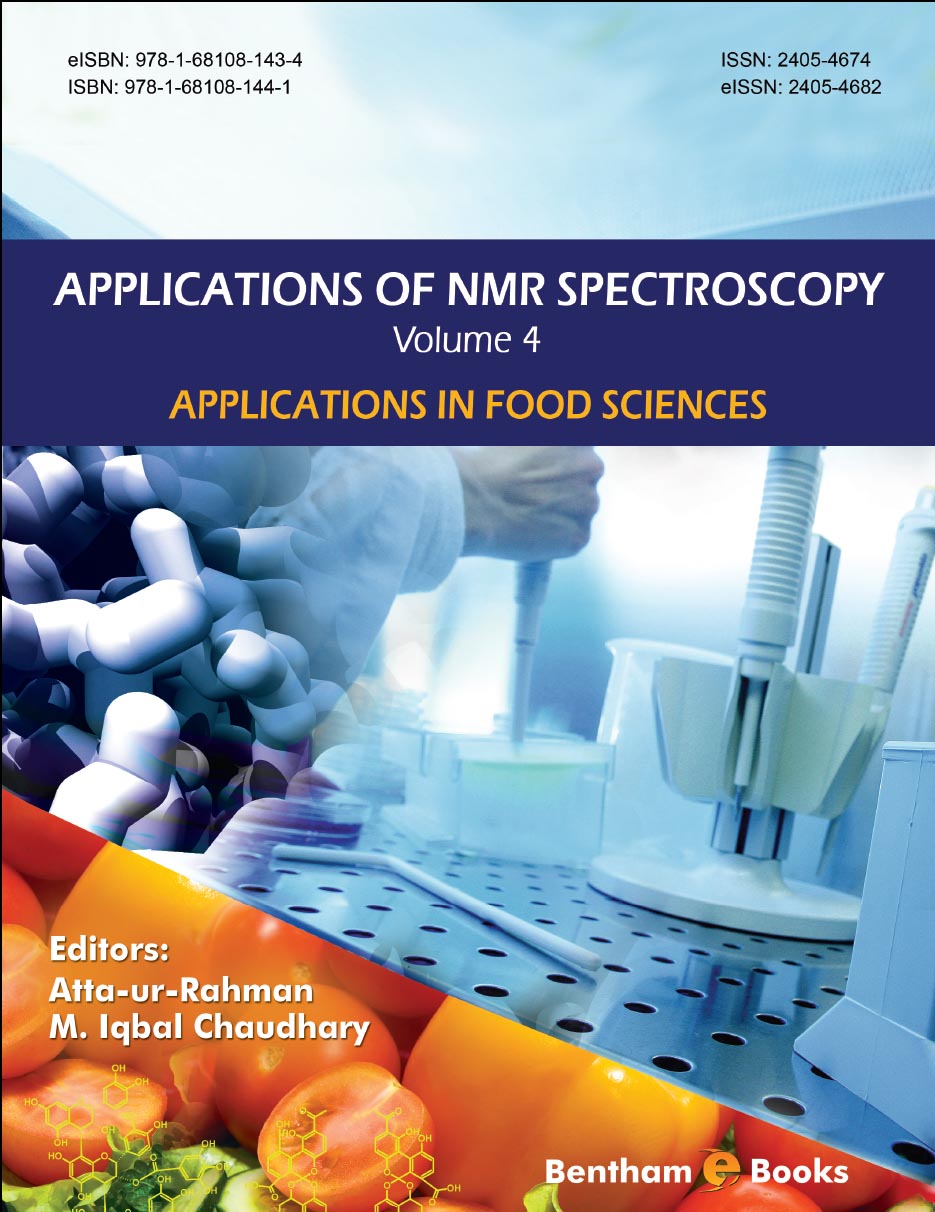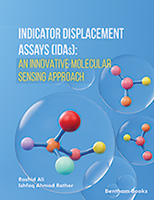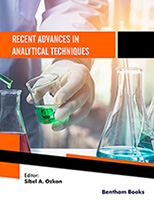Volume 4 of the ebook series Applications of NMR Spectroscopy is mainly focussed on the use of NMR spectroscopy as a key method for food and beverage analysis and characterization. Food presents a complex mixture of many different compounds with different chemical structures, concentrations, solubilities, properties, and nutritional values. Any change in food composition can lead to a gross change in its quality, taste, and calorific value. The present book is based on six well-written reviews, each focussing on a unique set of applications of NMR spectroscopy in food analysis. In each of these articles, the optimum use of this powerful technique with reference to the field of food science is introduced in an easy to understand manner. The real strength of the book is its highly practical approach in describing both the concepts and applications of NMR spectroscopy for various purposes.
Review contributed by Melado-Herreros et al provides practical applications of several NMR techniques used in the multi-component analysis of food samples. Apart from introducing the concept of multi-component analysis with reference to food items, the authors have also explained the use of NMR techniques such as 1H HR-MAS (High Resolution Magic Angle Spinning) for solid state analysis, MRI (Magnetic Resonance Imaging) and CSI (Chemical Shift Imaging) for physiological analysis of fruits and vegetables. The NMR technique called “relaxometry mapping” (relaxation time measurement) gives important information about water compartmentalization, structure and integrity.
Lipid oxidation/peroxidation is a key issue in the storage, and processing of edible oils and oil containing and oil-based food. This undesirable series of complex reaction leads to the development of off-flavour, odour, and degradation of the overall quality. It is therefore important to accurately and correctly measure the quantity and types of oxidized products. Hwang and Bakota have contributed an excellent review on the applications of various NMR techniques (1H-NMR, 13C-NMR and 31P-NMR) for the analysis of the types, and extent of oxidative changes during the processing and manufacturing of oil-based food as well their storage. They demonstrate that NMR can be effectively used for determining the oxidative stability of lipids and oils, and their products.
Hermosin-Gutierrez et al review the various NMR techniques used for the study of the structures and dynamic properties of various classes of pyranoanthocyanins. Anthocyanins are plant-based pigments, which have the ability to protect against a myriad of human diseases. They frequently interact with other phytochemicals and give rise to new classes of compounds which are often difficult to decipher. Pyranooanthocyanins are however fairly stable compounds of complex structures. They occur as glycosides and exhibit complex structural variations in the flavone skeleton which often makes their structure determination quite challenging. NMR spectroscopy is especially suited for elucidating such structures. Pyranoanthocyanins also have a special significance in the color of foods and beverages, and their dynamic properties are important to be studied.
The article by Géan et al describes various key developments in NMR spectroscopy as a powerful tool for the study of the structures of tannins, their relationship with the taste of wine, as well as their health protective effects. Their anti-oxidant properties and their protective effect on membranes against lipid oxidation have been discussed.
Quantitative 1H-NMR (qNMR) is an application of NMR spectroscopy for the determination of the concentrations of one or more chemical species in a solution with a very high level of precision. It is simple and rapid, yet an elegant technique in which the area of an NMR signal is directly proportional to its concentration and this “response” is the same for all molecules. Sugimoto et al have comprehensively reviewed the concept of qNMR methods, and their applications in complex food analysis, such as purity assessment, and quantification of mycotoxins, pesticides, preservatives, phytosterols, etc.
Kralicek and Ozawa have critically reviewed various NMR spectroscopic methods used in structure determination of large cell free proteins, and their complexes. The authors describe the various cell-free expression systems used for the rapid and cost effective production of target proteins with required isotope labeling.
At the end we would like to express our gratitude to all the contributors for their excellent contributions. The entire editorial team of Bentham Science Publishers, particularly Ms. Fariya Zulfiqar (Assistant Manager Publications), Mr. Shehzad Naqvi (Senior Manager Publications) and team leader Mr. Mahmood Alam (Director Publications) deserve our deep appreciation for compiling such an excellent volume which should prove to be of wide interest to the readers.
Atta-ur-Rahman, FRS
Kings College
University of Cambridge
Cambridge
UK
&
M. Iqbal Choudhary
H.E.J. Research Institute of Chemistry
International Center for Chemical and Biological Sciences
University of Karachi
Karachi
Pakistan





